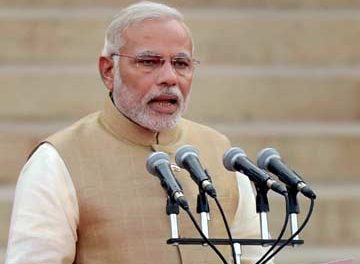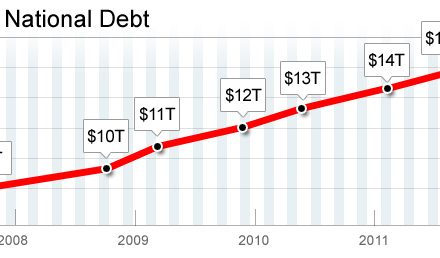By Monty Agarwal – Weiss Research
Last week, I shared why it’s no longer easy to uncover visible investment trends, and how diversifying your portfolio simply by adding an array of asset classes is now a thing of the past.
The main reason for this has been the massive increase in worldwide money printing, creating a mountain of cash that’s chasing a limited number of investment opportunities.
I also warned that the weakening global economic picture would lead to additional money printing by China and Europe. Adding further fuel to this eventuality was this past Friday’s May U.S. jobs report.
Take This Jobs Report and …
The May employment report shows the economy slowing sharply. The unemployment rate rose to 8.2% from 8.1%. Payroll jobs in May rose only 69,000 against an expectation of 150,000, and the net revisions for March and April were down 49,000.
In my opinion, this has firmed up the speculation of the next round of quantitative easing (QE) to come from the Fed. The current round, QE2, ends in June. And during those first two rounds, the Fed purchased more long-term bonds.
With short-term interest rates already close to zero, the Fed has no more ammunition left on that front, which has led them to target the long end of the Treasury yield curve. (Bond yields are typically higher at the end of a normal yield curve, although intermediate and longer-term Treasuries have fallen in the aftermath of ongoing bad economic news from Europe and the United States.)
The past QE programs have targeted the Treasury market in an effort to lower long-term borrowing costs by lowering interest rates. This has worked in lowering bond yields, but has done very little for the intended purpose of boosting the housing market.
The Next ‘Twist’
If you remember last year’s “Operation Twist,” the Federal Reserve bought and sold short- and long-term bonds to impact the bond-yield curve.
In the next round of QE, I expect the Fed to target mortgage-backed bonds directly. But once again, the real effect will be felt less in the housing market and more in the hard assets like precious metals, particularly gold.
We saw the first proof of this on Friday right after the jobs report came out. Gold, which so far has been languishing, rose 4% in one day. This massive move in the yellow metal proved two things:
- The market is expecting money printing to start soon, and
- The ensuing devaluation of the U.S. dollar should resume as well.
This supposition was further supported by the move in the euro/U.S. dollar The euro, which had fallen precipitously against the U.S. dollar over the past month, rallied as well.
The second signal to come out of the 4% move up in gold was that the precious metal has regained its safe-haven status after losing it almost a year ago. This means that any further poor economic data will see a further rush of money into gold.
We can also rest assured that we will continue to see a slew of poor economic data not just from the United States, but also from Europe and China, as the economic policies of their central banks have failed to stimulate growth.
If Gold Takes Hold, What’s Next?
Now that both gold and the EUR/USD have signaled the impending money printing, what other assets can we see moving in the near future?
History is our best guide. In 2009 and again in 2010 when the Fed instituted the first two rounds of money printing, we saw gold and stocks do well while the U.S. dollar suffered.
Therefore, it is very likely that the onset of QE3 will bring about the next leg up in stocks in the second half of 2012. This could mark a great buying opportunity for investors, so stay tuned to this space.
Sincerely,
Monty







